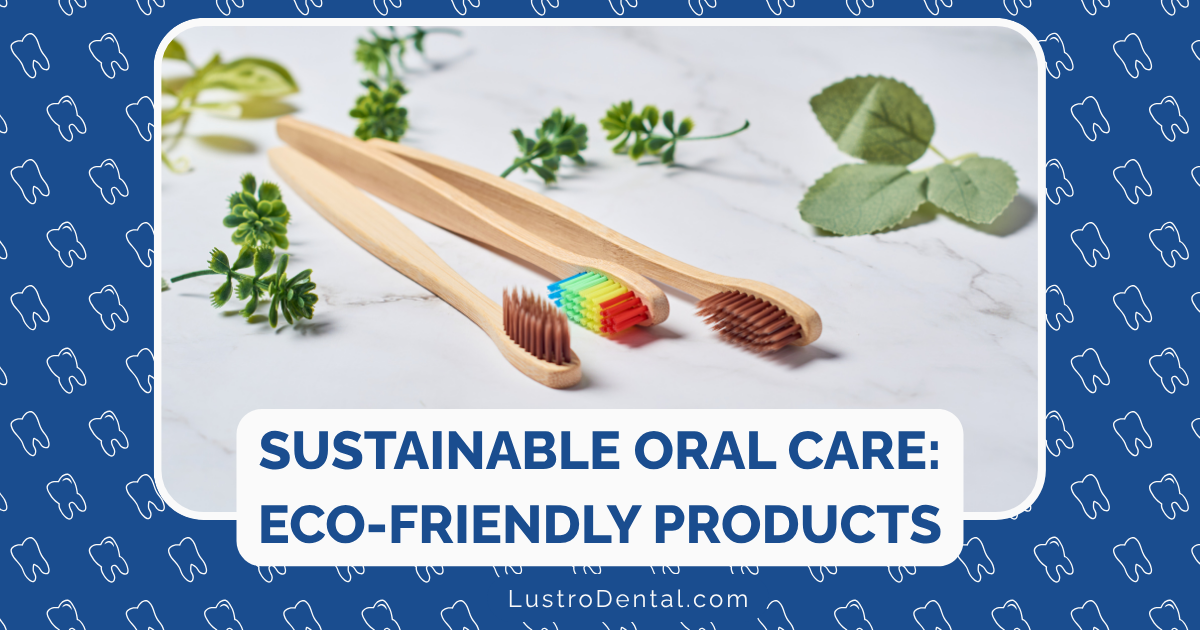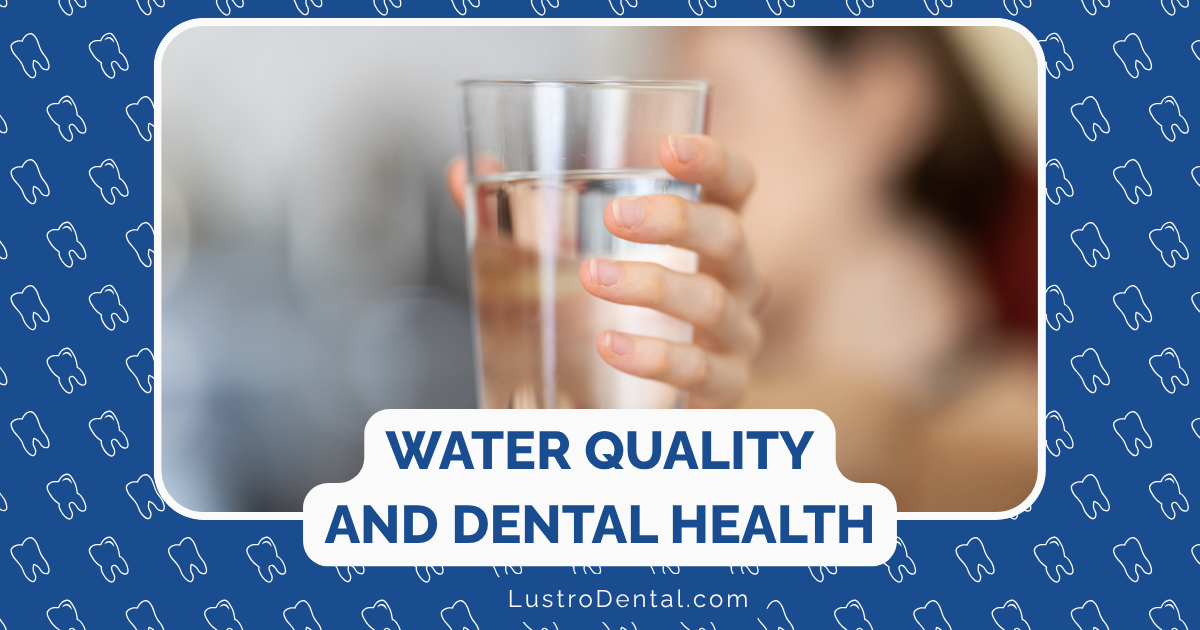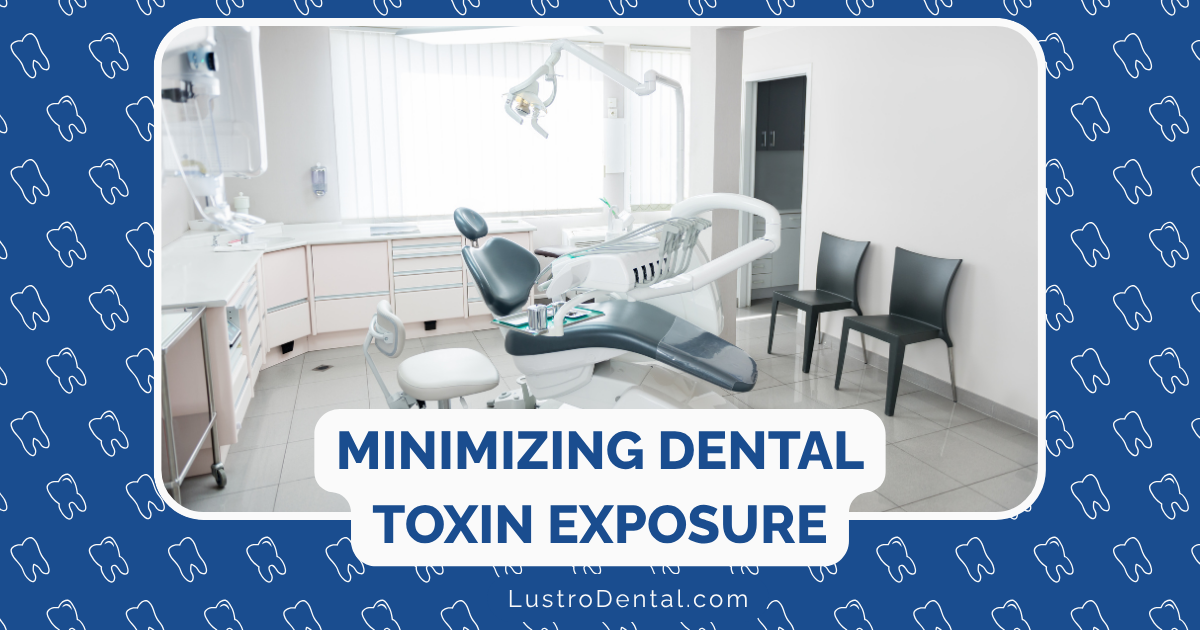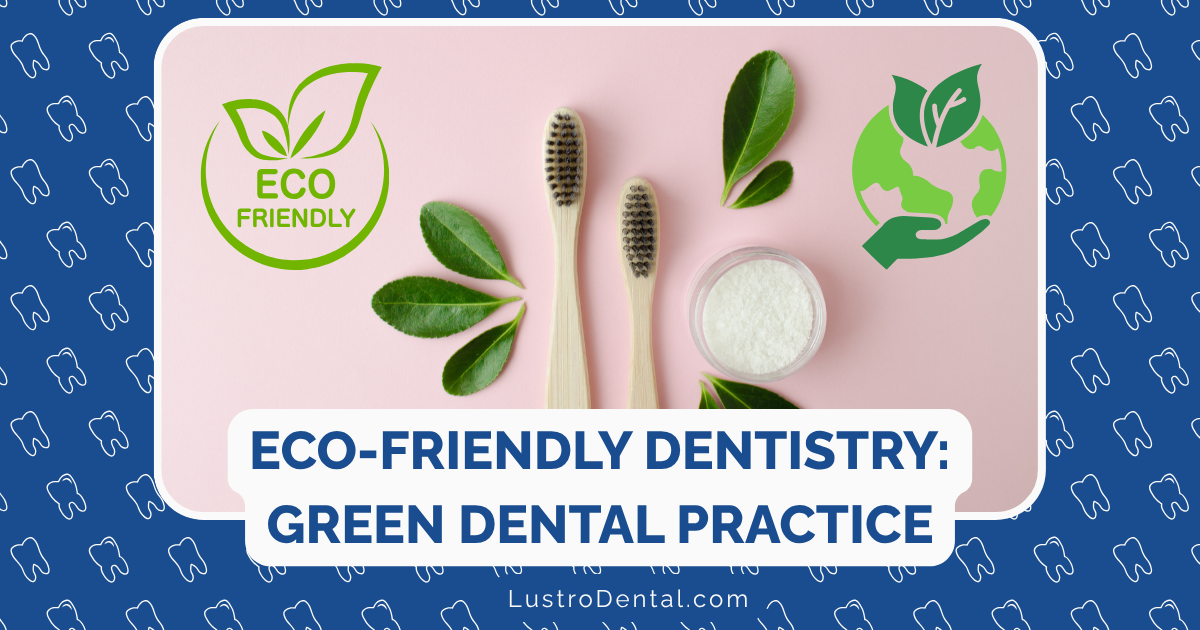The Carbon Footprint of Dentistry: Innovations Reducing Environmental Impact
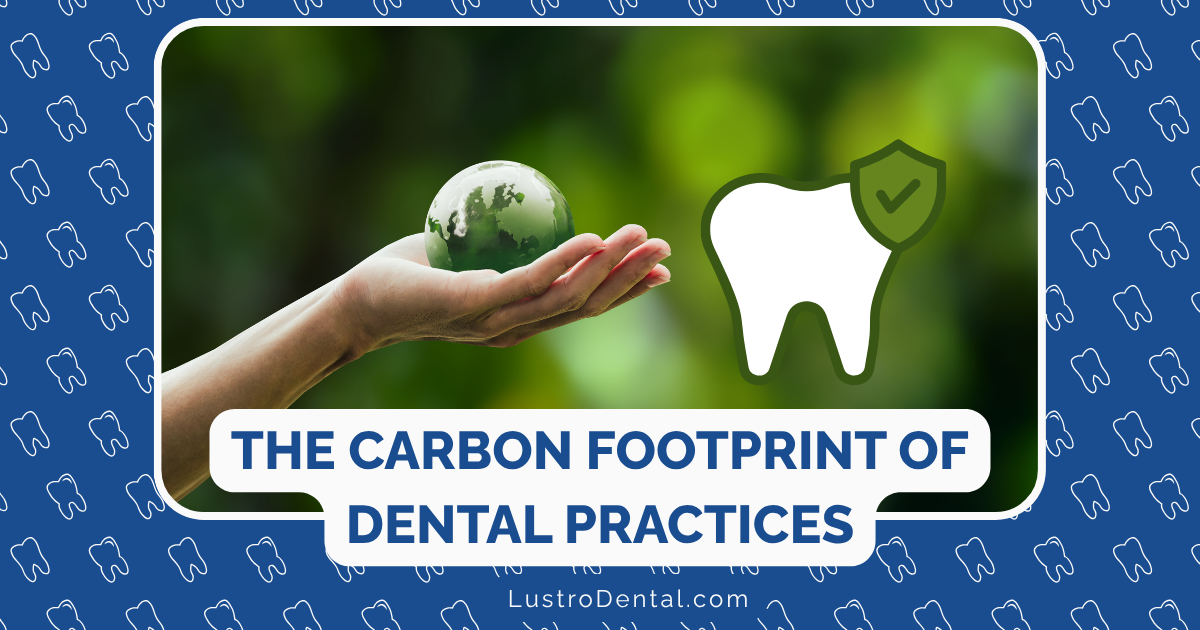
When we think about industries with significant environmental impacts, dentistry might not immediately come to mind. Yet the dental sector contributes substantially to healthcare’s overall carbon footprint—approximately 3% of U.S. healthcare emissions, which itself accounts for about 8.5% of the nation’s total greenhouse gas emissions. As a dental health advocate, I believe it’s essential to understand both the environmental challenges our profession faces and the innovative solutions being developed to address them.
In this comprehensive guide, we’ll explore the carbon footprint of dental practices, examine the sources of environmental impact, and highlight promising innovations that are making dentistry more sustainable without compromising patient care.
Understanding Dentistry’s Environmental Footprint
Before discussing solutions, let’s examine the primary sources of dentistry’s environmental impact:
1. Travel and Transportation (64-65% of Emissions)
Surprisingly, the largest contributor to dentistry’s carbon footprint isn’t what happens in the dental chair—it’s how patients and staff get there. According to research published in the Journal of Dental Research, travel accounts for approximately 65% of emissions associated with dental care.
- The average patient travels 26.3 kilometers (about 16 miles) for dental treatment
- Staff commuting adds significantly to this total
- Dental supply shipping and delivery creates additional transportation emissions
2. Energy Consumption (15-20% of Emissions)
Dental practices use substantial energy for:
- Operating dental equipment (chairs, lights, compressors, suction)
- Heating, cooling, and lighting facilities
- Sterilization equipment
- Computers and digital technology
A typical dental operatory consumes between 3,000-6,000 kWh of electricity annually—equivalent to the energy use of several average households.
3. Waste Generation and Disposal
Dentistry produces multiple waste streams with environmental impacts:
- Single-use plastics: The average dental procedure uses 21 disposable plastic items
- Hazardous waste: Including amalgam (mercury), lead foil, chemicals, and sharps
- Biomedical waste: Requiring special handling and disposal
- General waste: Much of which could be recycled but often isn’t
An estimated one billion plastic toothbrushes are discarded annually in the U.S. alone, taking approximately 500 years to decompose.
4. Water Usage
Dental practices are significant water consumers:
- A typical dental office uses up to 57 gallons of water daily
- Traditional vacuum systems can use 360 gallons of water per day
- Instrument sterilization requires substantial water
5. Materials and Supply Chain
The manufacturing, packaging, and distribution of dental materials and equipment create upstream environmental impacts:
- Extraction of raw materials (metals, plastics, etc.)
- Energy-intensive manufacturing processes
- Packaging waste
- Transportation emissions
For example, titanium—commonly used in dental implants—has a particularly high environmental cost due to energy-intensive production.
Innovations Reducing Dentistry’s Environmental Impact
Now for the good news: the dental industry is actively developing and implementing solutions to reduce its environmental footprint. Here are some of the most promising innovations:
Digital Transformation
Digital technologies are revolutionizing dentistry while significantly reducing environmental impact:
1. Digital Radiography
Environmental Benefits:
- Eliminates chemical processing waste (developers, fixers, lead foil)
- Reduces radiation exposure by 70-80%
- No physical storage requirements
- No film manufacturing or shipping impacts
Adoption Rate: According to the American Dental Association, approximately 90% of dental practices have now adopted digital radiography, making it one of the most successful green innovations in dentistry.
2. Intraoral Scanners and CAD/CAM Technology
Environmental Benefits:
- Eliminates impression materials (typically non-biodegradable polyvinyl siloxanes)
- Reduces shipping emissions (digital files vs. physical models)
- Decreases remakes due to higher accuracy
- Enables more precise, minimally invasive treatments
Innovation Spotlight: Modern intraoral scanners can capture full-arch scans in under 2 minutes with accuracy within 10 microns. Combined with in-office milling, this technology can produce restorations in a single visit, eliminating multiple appointments and associated travel emissions.
3. Electronic Health Records
Environmental Benefits:
- Eliminates paper charts and radiographs
- Reduces physical storage needs
- Improves efficiency, potentially shortening appointments
- Facilitates teledentistry, reducing unnecessary travel
Impact Measurement: A medium-sized dental practice transitioning to electronic records can save approximately 10,000 sheets of paper annually—equivalent to saving one tree and 2,500 gallons of water.
Energy Efficiency Innovations
1. Energy-Efficient Equipment
Environmental Benefits:
- Reduces electricity consumption by 30-50%
- Decreases associated carbon emissions
- Lowers operating costs
Key Innovations:
- LED operatory lighting (uses 75% less energy than halogen)
- Energy Star-rated compressors and vacuum systems
- Smart equipment with auto-shutdown features
- High-efficiency sterilizers
2. Renewable Energy Integration
Environmental Benefits:
- Reduces or eliminates reliance on fossil fuels
- Decreases practice carbon footprint
- Provides long-term energy cost stability
Implementation Examples:
- Solar panel installation on practice rooftops
- Participation in community solar programs
- Purchase of renewable energy credits
- Geothermal heating and cooling systems
A case study from the Journal of the American Dental Association found that a dental practice that installed solar panels reduced its carbon emissions by 18 tons annually—equivalent to taking 4 cars off the road.
Water Conservation Technologies
1. Dry Vacuum Systems
Environmental Benefits:
- Eliminate water usage in suction (saving up to 360 gallons daily)
- Reduce associated wastewater treatment needs
- Often more energy-efficient than wet systems
Adoption Considerations: While the upfront cost is higher, dry vacuum systems typically pay for themselves within 3-5 years through water savings alone.
2. Water Filtration and Recycling
Environmental Benefits:
- Allows water reuse for non-clinical purposes
- Reduces overall water consumption
- Prevents contaminants from entering wastewater
Innovation Example: Closed-loop water systems can recycle up to 95% of water used in certain dental procedures, dramatically reducing consumption.
Waste Reduction and Management
1. Advanced Amalgam Separators
Environmental Benefits:
- Capture 99% of mercury-containing amalgam before it enters wastewater
- Prevent mercury pollution of waterways and ecosystems
- Enable proper recycling of captured material
Regulatory Impact: The EPA’s Dental Effluent Guidelines now require dental offices to install amalgam separators with at least 95% removal efficiency.
2. Biodegradable and Compostable Alternatives
Environmental Benefits:
- Reduce plastic waste in landfills
- Decrease petroleum consumption
- Lower carbon footprint
Innovative Products:
- Plant-based sterilization pouches
- Compostable patient bibs and cups
- Biodegradable prophy cups
- Plant-based nitrile gloves
3. Instrument Reprocessing Optimization
Environmental Benefits:
- Reduces water and energy consumption
- Extends instrument lifespan
- Minimizes packaging waste
Technology Innovations:
- Class B autoclaves with improved efficiency
- Instrument management systems to track usage and maintenance
- Reusable sterilization containers instead of disposable wraps
Sustainable Materials and Procedures
1. Biocompatible, Eco-Friendly Materials
Environmental Benefits:
- Reduced toxicity
- Lower manufacturing impact
- Improved recyclability
Material Innovations:
- BPA-free composites
- Zirconia as an alternative to titanium implants
- Glass ionomers with fluoride release
- Metal-free restorations
2. Minimally Invasive Dentistry
Environmental Benefits:
- Preserves natural tooth structure
- Reduces material usage
- Extends restoration lifespan, reducing replacement frequency
- Often requires fewer appointments
Technique Examples:
- Air abrasion instead of traditional drilling
- Resin infiltration for early caries
- ART (Atraumatic Restorative Treatment)
- Preventive sealants
A study in the International Dental Journal found that minimally invasive techniques can reduce the carbon footprint of restorative procedures by up to 40% compared to traditional approaches.
Teledentistry: Revolutionizing Access While Reducing Emissions
Teledentistry represents one of the most promising innovations for reducing dentistry’s carbon footprint while simultaneously improving access to care.
Environmental Benefits
- Reduced Travel Emissions: Virtual consultations eliminate travel for initial assessments, follow-ups, and certain specialty consultations.
- Fewer In-Person Visits: Many issues can be triaged remotely, determining if an in-person visit is necessary.
- Optimized Scheduling: When in-person care is needed, procedures can be planned more efficiently, reducing the number of separate appointments.
Implementation Models
- Live Video Consultations: Real-time video interactions between providers and patients
- Store-and-Forward: Transmission of recorded health information (images, videos) for evaluation when convenient
- Remote Patient Monitoring: Collection and transmission of personal health data to a provider at a different location
- Mobile Health: Healthcare and public health practice supported by mobile devices
Impact Measurement
Research published in the Journal of Telemedicine and Telecare found that implementing teledentistry for initial consultations and follow-ups could reduce the carbon footprint of dental care by up to 25% through decreased travel alone.
Challenges and Barriers to Sustainable Dentistry
Despite promising innovations, several challenges remain in reducing dentistry’s environmental impact:
1. Financial Barriers
Many sustainable technologies require significant upfront investment, though they often provide long-term savings. For example:
- Digital radiography systems: $5,000-$15,000 initial cost
- Intraoral scanners: $15,000-$35,000 initial cost
- Dry vacuum systems: $7,000-$20,000 initial cost
2. Regulatory Compliance
Dental practices must navigate complex regulations regarding:
- Biomedical waste disposal
- Mercury handling and recycling
- Water quality standards
- Energy efficiency requirements
These regulations, while necessary, can sometimes create barriers to implementing sustainable practices.
3. Knowledge and Awareness Gaps
Many dental professionals lack formal education in sustainable practices. A survey published in the Journal of Dental Education found that only 24% of dental schools had comprehensive sustainability content in their curricula.
4. Patient Expectations
Some patients associate quality care with new disposable products for each procedure. Educating patients about sustainable practices without compromising infection control or quality is an ongoing challenge.
Case Study: The Green Dental Practice
To illustrate the potential impact of implementing sustainable innovations, let’s look at a composite case study based on real-world examples:
Green Smile Dental, a medium-sized practice with 5 operatories, implemented a comprehensive sustainability plan with the following elements:
- Digital Transformation:
- Fully paperless records
- Digital radiography
- Intraoral scanning for impressions
- Energy Efficiency:
- Solar panel installation (40% of energy needs)
- LED lighting throughout
- Energy-efficient equipment with auto-shutdown
- Smart thermostats and occupancy sensors
- Water Conservation:
- Dry vacuum system
- Low-flow faucets and toilets
- Water filtration system
- Waste Reduction:
- Comprehensive recycling program
- Biodegradable products when possible
- Reusable sterilization containers
- Advanced amalgam separator
- Sustainable Clinical Practices:
- Minimally invasive dentistry focus
- Biocompatible materials
- Teledentistry for appropriate consultations
Results After Two Years:
- 62% reduction in overall carbon footprint
- 80% reduction in paper usage
- 65% decrease in water consumption
- 40% reduction in waste sent to landfill
- 35% savings on utility costs
- Positive patient feedback and marketing advantage
While the initial investment was substantial ($120,000), the practice projected a complete return on investment within 5-7 years through operational savings alone, not counting additional patients attracted by their green initiatives.
The Future of Sustainable Dentistry
Looking ahead, several emerging technologies and approaches show promise for further reducing dentistry’s environmental impact:
1. 3D Printing with Biodegradable Resins
Additive manufacturing using plant-based, biodegradable resins could revolutionize dental appliances and prosthetics, reducing waste and material usage while enabling precise, customized solutions.
2. AI-Enhanced Diagnostics and Treatment Planning
Artificial intelligence can improve diagnostic accuracy and treatment efficiency, potentially reducing the need for retreatment and minimizing material usage through optimized preparation designs.
3. Regenerative Dentistry
Techniques that stimulate the body’s natural healing processes could eventually reduce reliance on artificial materials. Research into dental pulp regeneration, bioactive materials, and tissue engineering shows promising results.
4. Circular Economy Models
Dental manufacturers are beginning to explore closed-loop systems where materials and equipment are designed for reuse, refurbishment, or recycling at the end of their lifecycle.
5. Carbon Offsetting Programs
Some dental organizations are implementing carbon offset programs to mitigate emissions that cannot be eliminated, investing in renewable energy, reforestation, and other environmental projects.
Taking Action: Steps for Dental Professionals
If you’re a dental professional looking to reduce your environmental impact, consider these practical steps:
For Practice Owners:
- Conduct an Environmental Audit:
- Measure current energy and water usage
- Analyze waste streams
- Calculate carbon footprint using available tools
- Develop a Phased Implementation Plan:
- Prioritize changes with the highest impact-to-cost ratio
- Set measurable goals with timelines
- Assign responsibility for implementation
- Engage Your Team:
- Provide education on sustainable practices
- Solicit ideas from all team members
- Celebrate successes and milestones
- Communicate with Patients:
- Explain sustainable initiatives
- Highlight benefits to both environment and care quality
- Provide educational materials on sustainable oral hygiene
For Individual Practitioners:
- Advocate for Sustainable Practices in your workplace
- Pursue Continuing Education in sustainable dentistry
- Join Professional Organizations focused on environmental issues in dentistry
- Make Personal Transportation Choices that reduce commuting emissions
For Dental Educators:
- Integrate Sustainability into dental school curricula
- Conduct Research on environmental impacts and solutions
- Model Sustainable Practices in teaching clinics
- Mentor Students interested in sustainable dentistry
Conclusion: A Healthier Future for Patients and Planet
The dental profession stands at a crossroads. By embracing innovative technologies and sustainable practices, we can significantly reduce our environmental footprint while maintaining—and often improving—the quality of care we provide.
From digital workflows that eliminate material waste to energy-efficient equipment that reduces carbon emissions, the tools for creating more sustainable dental practices are increasingly available and economically viable. The challenge now lies in accelerating adoption across the profession.
As dental health advocates, we have a responsibility to consider not just the immediate health of our patients but also the long-term health of the planet we all share. By implementing the innovations discussed in this article, we can fulfill our commitment to “do no harm” in the broadest sense—creating a healthier future for both our patients and our planet.
What sustainable practices have you implemented or observed in dental settings? Share your experiences in the comments below!



